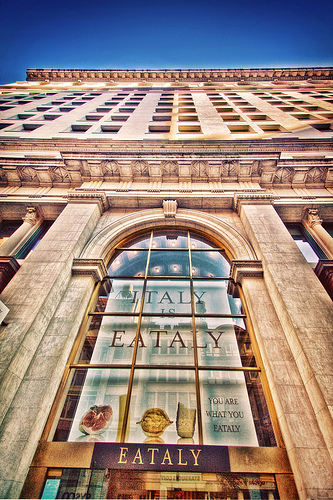Eataly is nice, but there’s still plenty of room left to reinvent the supermarket.Photo: Samantha DeckerThe American supermarket experience hasn’t changed much in a half century. It’s basically a connect-the-dots problem each consumer solves differently: How do you get in, get the things on your list, avoid those annoying people with the slow-moving carts, and get out as swiftly as possible?
In the process of solving the puzzle, we all get to know the commercial topography of our chief foraging zones very well: dairy, meat, breakfast cereals, canned soups. But then this: We get to the end of our shopping list and discover a solitary item that’s been missed. This phenomenon is known, at least by me, as “The Caper Problem.” (Sometimes the “The Horseradish Problem” or “The Mini-Gherkin Problem.”) This fugitive item forces us to retrace our steps through aisles that suddenly seem unfamiliar, walking and scanning slowly in a slow-motion search.
When I first walked into Eataly New York — the 50,000-square-foot Italian-themed food market and dining experience that opened in midtown Manhattan late last... Read more

